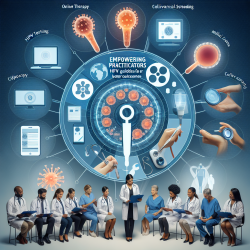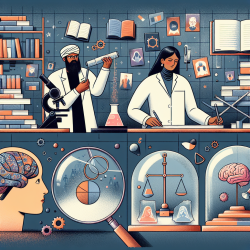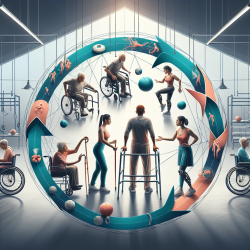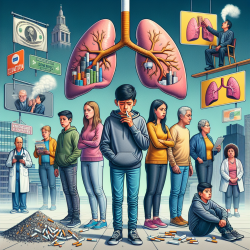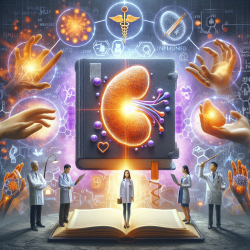Introduction
In the demanding field of medicine, burnout, emotional exhaustion, and work-life balance are pressing issues. A recent study published in the International Journal of Medical Education highlights that 54.3% of medical trainees are at high risk of depersonalization, 61.9% face emotional exhaustion, and 71.9% experience burnout. These alarming statistics underscore the need for a comprehensive approach to career and life fulfillment for medical trainees and practitioners.
The Holistic Approach to Career and Life Fulfillment
The research suggests a five-step plan that integrates personal and professional aspects to achieve career and life fulfillment. This model emphasizes the importance of aligning these areas to mitigate burnout and enhance satisfaction. Here's how you can implement this approach:
- Scan the Healthcare Environment: Engage with mentors, analyze workforce data, and review literature on career fulfillment in your specialty. This step provides a comprehensive understanding of the current landscape and future opportunities.
- Self-Reflection and Self-Assessment: Consider your definition of success, values, needs, passions, and strengths. This introspection is crucial for setting realistic and meaningful goals.
- Set an Overarching Career Vision: Establish both short- and long-term goals that encompass professional and personal aspirations. A clear vision guides your career trajectory and personal growth.
- Formulate an Action Plan: Develop strategies, timelines, and resources needed to achieve your goals. This plan should cover seven key components: career, community and citizenship, discretionary time and hobbies, faith, finances, health, and relationships.
- Regular Reassessment and Reevaluation: Continuously review and adjust your plan to accommodate changes in life circumstances and career aspirations. This iterative process ensures sustained fulfillment and adaptability.
Integrating the Model into Medical Education and Practice
To truly benefit from this model, medical programs must incorporate it into their curricula. Students should be exposed to research on career and life planning and given the tools to develop their own plans. Residency programs should also prioritize career fulfillment, with program directors assisting residents in crafting personalized career and life plans.
For practicing physicians, continuing education should include career and life planning. Regular reflection and revision of career plans, ideally every six months, can help practitioners remain aligned with their evolving goals and circumstances.
Conclusion
The consequences of neglecting career and life planning are significant, affecting both personal well-being and patient care. By adopting this five-step model, medical trainees and practitioners can achieve greater fulfillment, reducing burnout and enhancing their professional and personal lives.
To read the original research paper, please follow this link: Career and life fulfillment and planning for medical trainees, and physicians.






